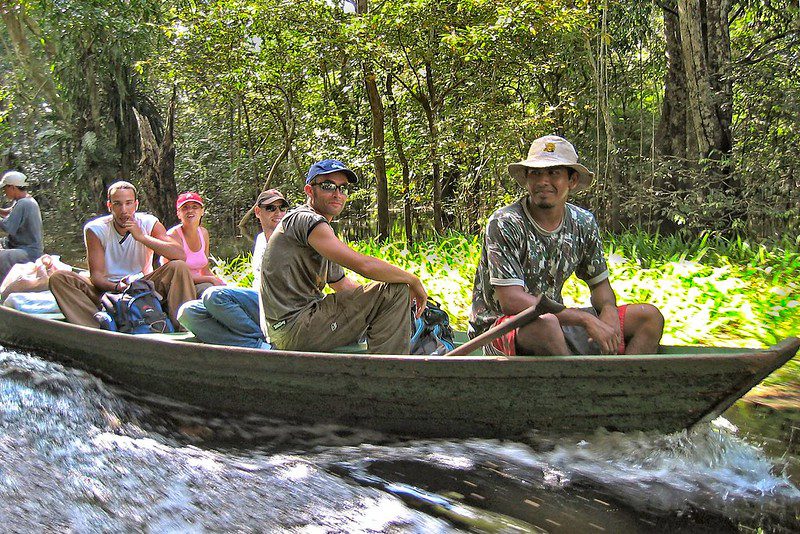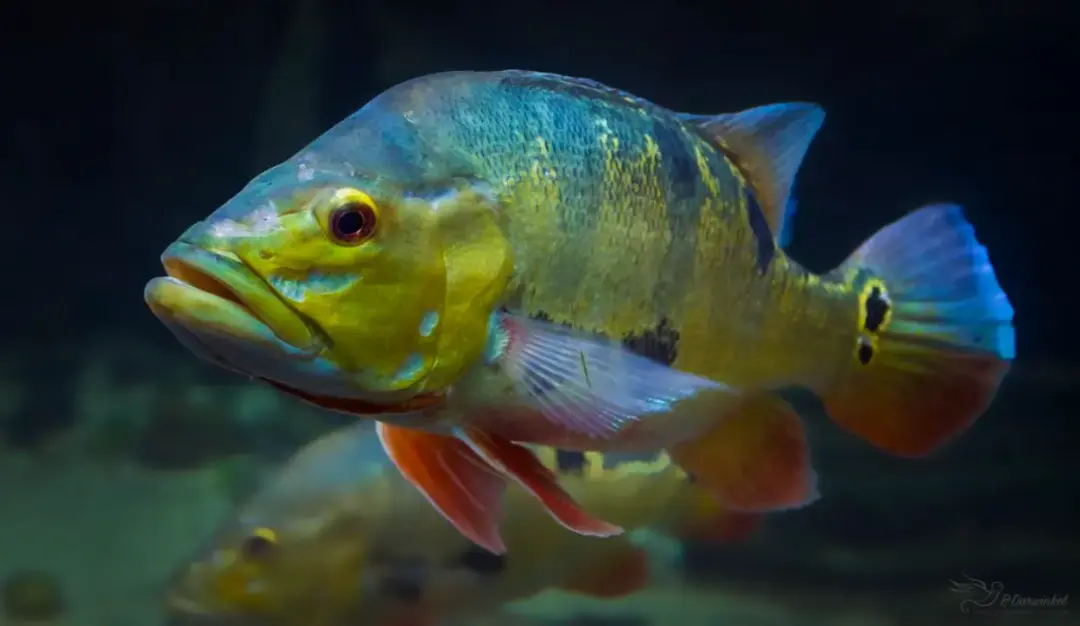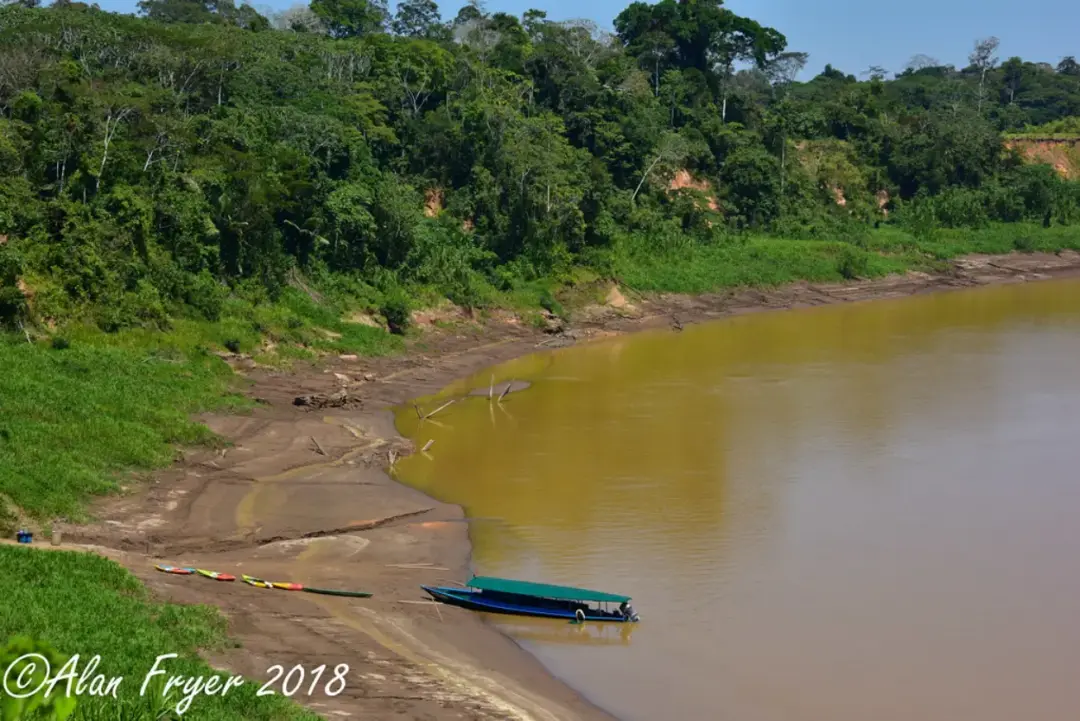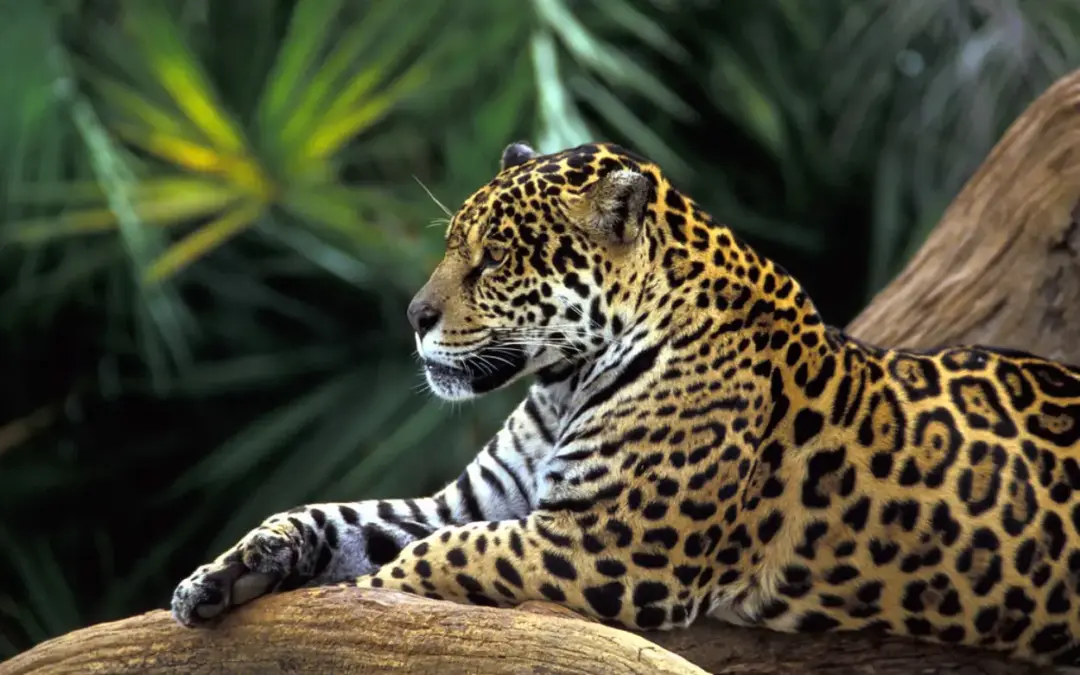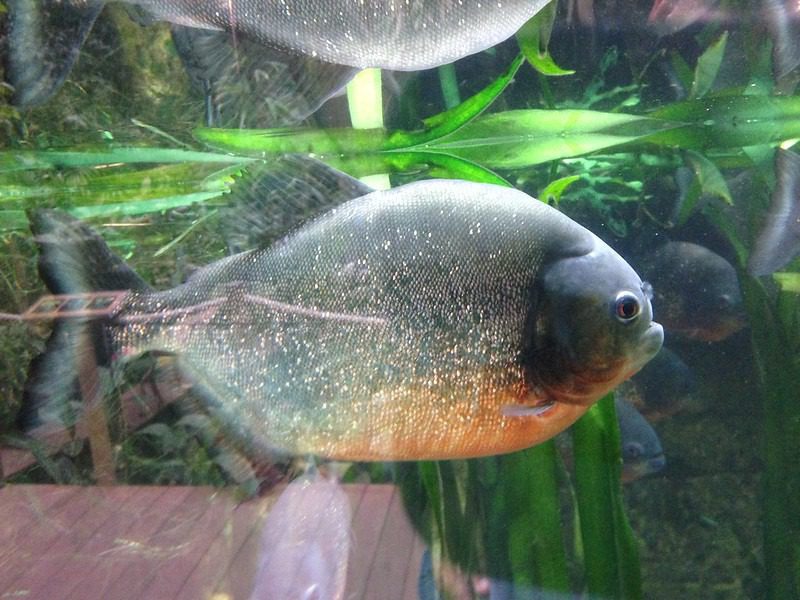The Amazon River Dolphin, also known as the Pink River Dolphin or Boto, is one of the most fascinating freshwater creatures on the planet. Native to the murky waters of the Amazon and Orinoco river basins, this elusive cetacean is shrouded in myth, biological wonder, and conservation urgency. This article dives deep into the world of the Amazon River Dolphin, addressing key aspects such as habitat, diet, lifespan, endangered status, unique coloration, and intriguing fun facts, along with addressing common questions like “Are pink dolphins dangerous?”
🐬 What Is the Amazon River Dolphin?
Overview of the Species
The Amazon River Dolphin (Inia geoffrensis) is the largest species of river dolphin. It is one of the few freshwater dolphin species globally and is often celebrated for its intelligent behavior, unique adaptations, and—most notably—its pink hue, which has earned it worldwide attention.
- Common Names: Pink River Dolphin, Boto
- Scientific Name: Inia geoffrensis
- Length: Up to 8 feet (2.5 meters)
- Weight: Up to 400 pounds (181 kg)
🌍 Amazon River Dolphin Habitat
Where Do Amazon River Dolphins Live?
The Amazon River Dolphin’s habitat spans across the Amazon and Orinoco River systems in Brazil, Bolivia, Peru, Colombia, Venezuela, and Ecuador. They thrive in freshwater environments, especially in floodplain forests, lakes, and tributaries.
Key Habitat Characteristics:
- Flooded Forests (Varzea): Dolphins navigate submerged forests during the rainy season.
- Turbid Waters: Their excellent sonar allows them to hunt in murky environments.
- Lowland Rainforest Rivers: Prefer slow-moving or still waters with plenty of fish.
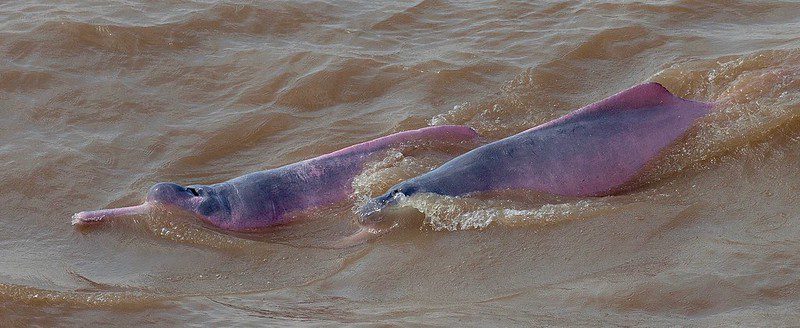
These dolphins are highly adapted to these flooded and complex ecosystems, where maneuverability is essential. Their unfused vertebrae give them exceptional neck flexibility, allowing them to twist and turn between tree roots and submerged vegetation.
⚠️ Amazon River Dolphin Endangered Status
Is the Amazon River Dolphin Endangered?
Yes, the Amazon River Dolphin is considered endangered due to a combination of human-related threats and habitat degradation.
Threats to Survival:
- Mercury Pollution: Resulting from illegal gold mining, mercury poisons fish—the dolphins’ main food source.
- Fishing Nets: Dolphins often get entangled and drown in gillnets.
- Deliberate Killing: Used as bait for catfish (piracatinga), a controversial and banned practice in some areas.
- Hydroelectric Dams: Fragment habitats and limit migratory routes.
- Habitat Destruction: Logging and agriculture reduce the flooded forests they depend on.
According to the International Union for Conservation of Nature (IUCN), the Amazon River Dolphin is classified as Endangered under the Red List criteria.
📉 How Many Pink Dolphins Are Left in the World?
Population Estimates and Decline
Precise population numbers for the Amazon River Dolphin are difficult to determine due to the vast and complex waterways they inhabit. However, some estimates suggest that:
- Population numbers may range from 10,000 to 50,000 individuals, depending on the region.
- Certain populations have declined by up to 50% in just a decade.
The species’ elusive behavior and scattered range make long-term monitoring difficult, but scientists agree that population trends are declining sharply in many parts of the Amazon basin.
🍽 Amazon River Dolphin Diet
What Do Amazon River Dolphins Eat?
The Amazon River Dolphin is a carnivore and an opportunistic feeder. Its diet consists of over 50 species of fish, and occasionally crustaceans and turtles.
Main Dietary Components:
- Catfish
- Piranhas
- Cichlids
- Tetras
- Crabs and Shrimp (occasionally)
These dolphins use echolocation to find prey in murky waters. Their molars allow them to crush hard-shelled fish and crabs, making them well-equipped for a diverse diet.
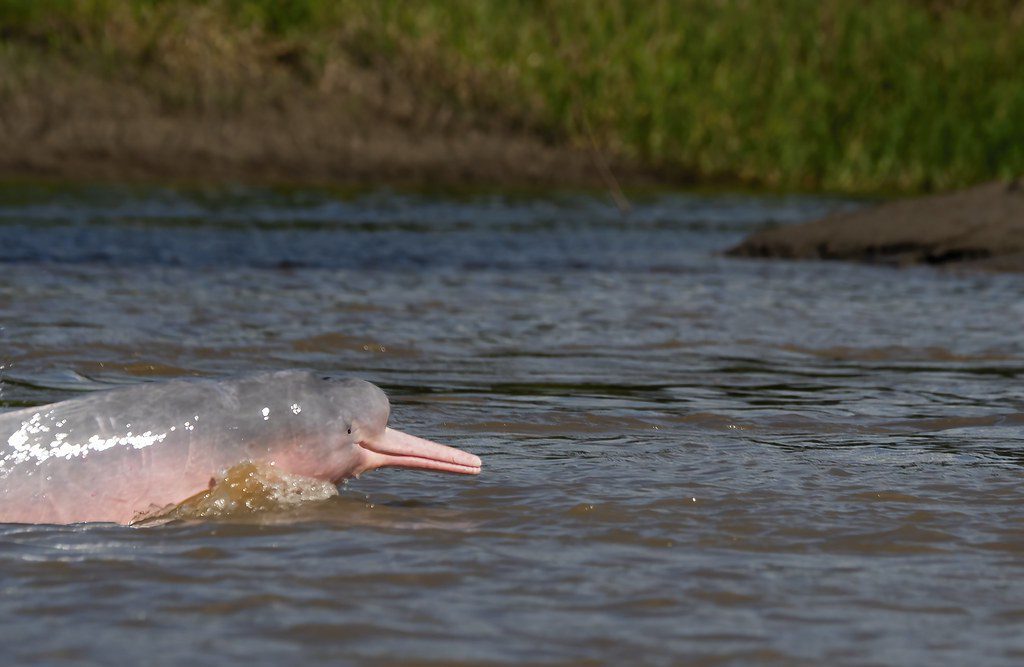
⏳ Amazon River Dolphin Lifespan
How Long Do Pink Dolphins Live?
In the wild, Amazon River Dolphins can live up to 30 years, though lifespans are often shorter due to environmental stress and human threats.
Lifecycle Milestones:
- Maturity: Reached at 5–7 years of age
- Gestation Period: 11–13 months
- Calving Season: Typically during the rainy season
Unlike marine dolphins, they do not form large pods, and calf survival can be affected by predation and scarcity of food.
💗 Why Are Amazon River Dolphins Pink?
What Causes Their Unique Color?
One of the most unusual features of the Amazon River Dolphin is its pink coloration. But contrary to popular belief, they are not born pink. They are typically gray at birth, and the pink color develops over time.
Factors That Influence Color:
- Age: Older dolphins are generally pinker.
- Sex: Males tend to be more pink than females.
- Scar Tissue: Fighting among males during mating season can cause abrasions, leading to more pink pigmentation.
- Capillary Exposure: In warm water, increased blood flow to the skin intensifies the pink color.
Some dolphins can appear nearly white or bright pink, depending on individual and environmental factors.
❓ Are Pink Dolphins Dangerous?
Interactions with Humans
Despite their size and strength, Amazon River Dolphins are not dangerous to humans. In fact, they are known to be curious and playful around boats and swimmers.
Human Interaction Notes:
- They are non-aggressive and rarely show hostility.
- In legends, they are often portrayed as shape-shifting seducers or mystical beings.
- However, as with any wild animal, respectful distance is recommended.
While they are not dangerous, increased interaction with humans can lead to stress, habitat disruption, and accidental harm.
🎉 Amazon River Dolphin Fun Facts
Fascinating Trivia About the Boto
Here are some surprising and delightful facts about this freshwater marvel:
- 🧠 Smartest River Dolphin: Possess a large brain-to-body ratio, indicating high intelligence.
- 💪 Neck Flexibility: Unique among dolphins, they can turn their heads 90 degrees.
- 🐟 Sideways Swimming: Sometimes swim on their side to navigate tight spaces.
- 👻 Local Legends: In Amazonian folklore, they transform into handsome men to seduce women at parties.
- 💞 Monogamy Not Their Thing: They are polygamous, with males competing for mates during breeding seasons.
- 🌊 Solitary or Small Pods: Unlike oceanic dolphins, they prefer small groups or live alone.
🌐 Cultural Significance & Myths
Mystical Creatures of the Amazon
In many Amazonian cultures, the boto is more than just a mammal—it’s a spiritual entity. Local legends often describe them as shapeshifters that transform into humans and walk among people during festivals.
Cultural Beliefs:
- It’s bad luck to kill a pink dolphin.
- They are believed to protect the river and bring good fortune.
- Some communities still observe rituals or make offerings to them.
These beliefs have helped preserve the species in certain regions, offering a layer of cultural protection.
🔬 Recent Research & Conservation Efforts
What’s Being Done to Save Them?
In recent years, conservationists and scientists have been working hard to gather data and raise awareness.
Notable Conservation Programs:
- WWF and ICMBio: Monitoring populations and fighting illegal fishing practices.
- Satellite Tagging: Used to track dolphin movement and understand their range.
- Public Awareness Campaigns: Educate local communities about the importance of these dolphins in the ecosystem.
- Fishing Bans: Countries like Brazil have banned the use of pink dolphin carcasses as bait.
Conservation efforts face challenges but are seeing slow progress through international cooperation and local engagement.
🧬 Unique Adaptations
Evolutionary Traits That Help Them Thrive
The Amazon River Dolphin is superbly adapted to life in a dynamic freshwater environment.
Evolutionary Advantages:
- Flexible Skeleton: Lets them move through submerged forests.
- Long Snout with Bristle-like Hairs: Helps detect prey in the mud.
- Acute Echolocation: Essential for navigation in dark, sediment-heavy waters.
- Robust Lungs: Allow them to stay submerged for up to 10 minutes.
These traits make them not just survivors, but specialists in their unique habitat.
📈 The Role of Amazon River Dolphins in the Ecosystem
Why Are They Important?
Amazon River Dolphins are apex predators in their freshwater ecosystem. They help regulate fish populations and maintain a healthy aquatic balance.
Ecological Contributions:
- Control Invasive Species: By feeding on fast-breeding fish.
- Indicator Species: Their health reflects the overall condition of the river system.
- Seed Dispersal: While not common, there is some evidence of fruit ingestion aiding in seed spread.
Protecting them helps conserve the broader Amazon basin, home to thousands of other species.
🌎 What Is Unusual About the Amazon River Dolphin?
Uncommon and Striking Features
The Amazon River Dolphin stands out from most other dolphin species for several extraordinary reasons:
- It’s pink!
- Lives in freshwater, unlike the vast majority of dolphins.
- Can move its head—rare in the dolphin world.
- Has a hairy snout with vibrissae, helping it detect prey in muddy water.
- Almost no dorsal fin, replaced by a low hump, allowing easier navigation in tight underwater spaces.
Each of these traits makes the Amazon River Dolphin a biological anomaly and a symbol of Amazonian diversity.
🧭 Final Thoughts: A Dolphin Worth Protecting
The Amazon River Dolphin is more than just a pink curiosity. It’s a cornerstone species of the world’s largest rainforest ecosystem, a creature of legend and science, and a victim of human exploitation and habitat degradation. Saving it means protecting an entire ecosystem.
As researchers continue to uncover the mysteries of this enigmatic river guardian, one thing remains clear: if we don’t act now, we may lose not only a species but the balance of an entire ecosystem.
Suggested Reading & References
- WWF: Amazon River Dolphin Conservation
- IUCN Red List: Inia geoffrensis
- Scientific American: The Strange Pink Dolphins of the Amazon
- National Geographic: Inside the World of the Boto



